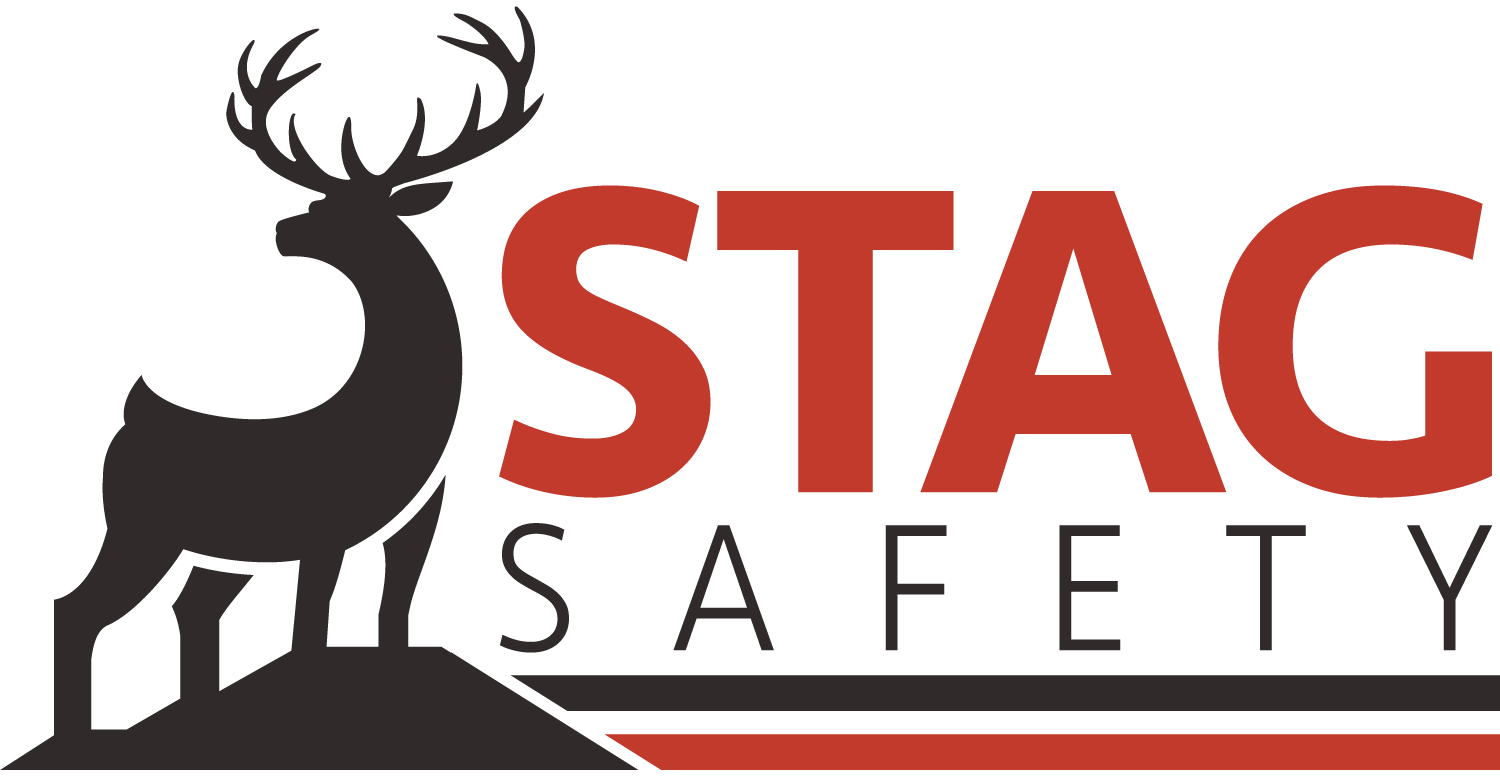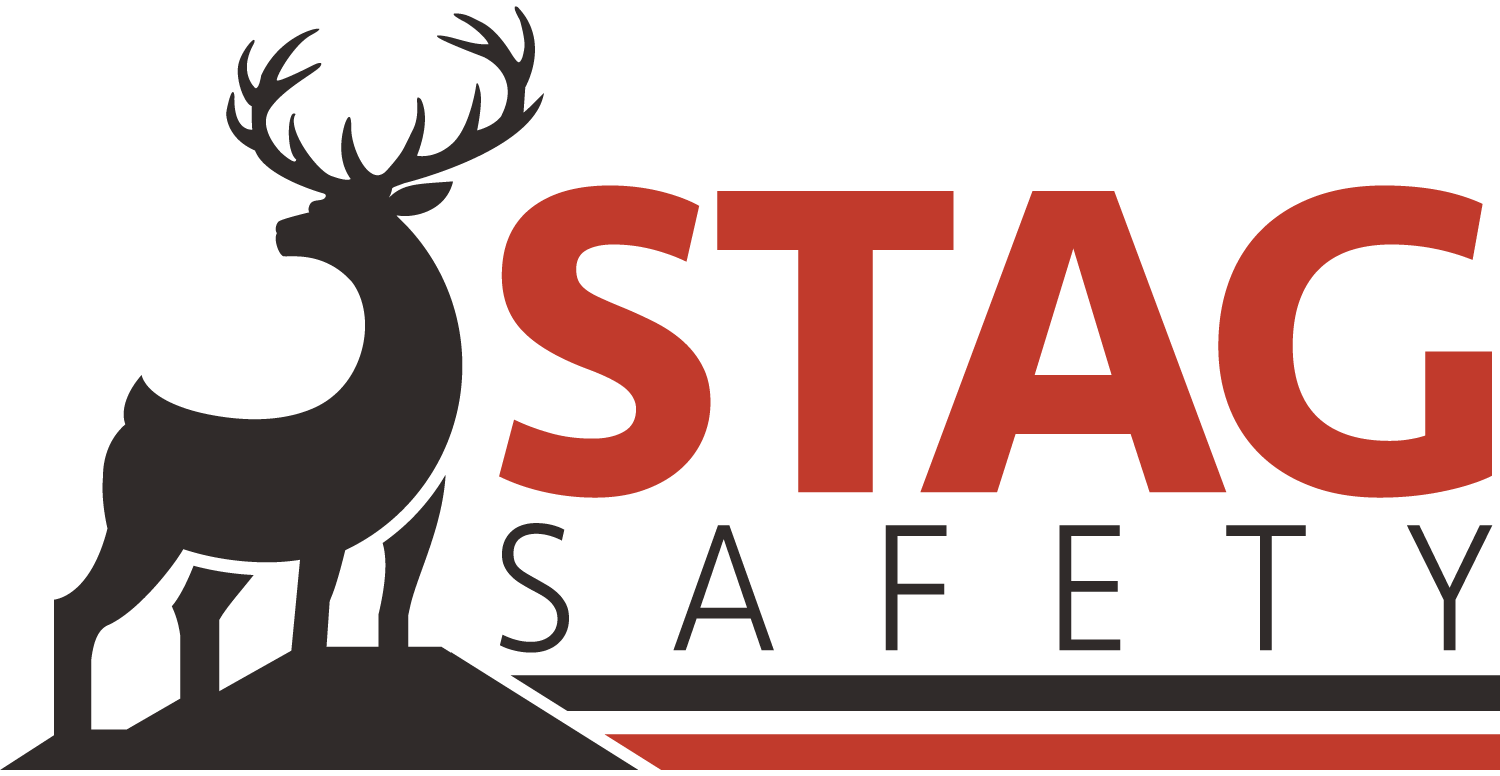Information
-
Audit Title
-
Document No.
-
Client / Site
-
Conducted on
-
Prepared by
-
Location
-
Personnel
A. General Requirements for Hand and Power Tools
-
1. Tools are kept in good condition with regular maintenance
-
2. Tools are used according to the proper function and purpose
-
3. Tools are examined for damage before use
-
4. Appropriate personal protective equipment (PPE) is available and in use as necessary
-
5. Damaged or unsafe tools are taken out of service
-
6. Employees have been properly trained on the uses and limitations of each tool
B. Electric Powered Tools
-
1. Tools have a three-wire cord with a ground or double insulated.
-
2. Cords are in good condition without frays or deterioration
-
3. Tools are not hoisted or lowered by cords
C. Pneumatic Powered Tools
-
1. Air hoses are in good condition, including couplings and fittings
-
2. Compressed air is not used for cleaning employees or clothing
-
3. Tools are not hoisted by the air hose
-
4. Noise measurements have been taken when necessary
D. Liquid Fuel-Powered Tools
-
1. Tools are powered off and allowed to cool before refueling
-
2. Tools are used outdoors whenever possible
-
3. Adequate ventilation is provided when tools are used indoors
E. Hydraulic Powered Tools
-
1. Hydraulic fluids are of an approved type, either fire-resistant or insulating, as needed
-
2. Manufacturer's recommended safe operating pressure is not exceeded in hoses, valves, pipes, filters or other fittings
F. Powder-Actuated Tools
-
1. Employees have been properly trained
-
2. Proper shielding is available
-
3. Unattended tools are properly secured from authorized use
-
Summary of Findings
-
Please sign upon audit completion










